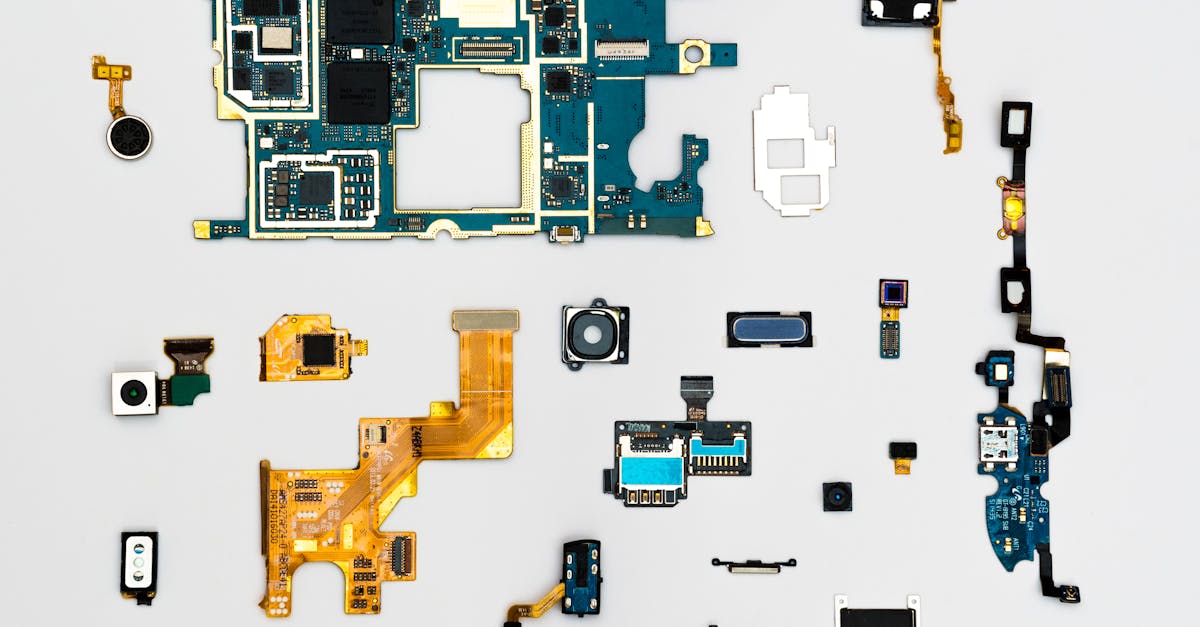Discover how robots are getting a new look with living skin in this Cell Reports Physical Science study. Explore the potential of Robot Face technology.

- The research published in the journal Cell Reports Physical Science introduces a new experiment involving giving robots living skin that can be manipulated into expressions, a departure from the traditional robot face.
- The study explores how living tissue surface can attach to a robot’s limb or face, mimicking the network of ligaments found in humans and animals to anchor skin to muscle and tissue.
- Although the created “dermis equivalent” may look like nightmare fuel, it demonstrates a potential method for attaching living tissue to robotic structures without tearing or distortion.
- This innovative approach could lead to skin-covered robots with capabilities such as self-healing, sensitive touch sensors, and applications in medical or human interaction scenarios if the attachment and manipulation methods are successful.
Trending : Text to image generator , Google data center , Google gemini chatbot , Google AI technology stole
But giving them actual, living skin that can be manipulated into horrifying, slimy expressions? That’s new.
The latest study published in the journal Cell Reports Physical Science introduces a groundbreaking experiment involving robots with living skin that can be manipulated to make expressions. While this may not be the norm for future smart devices, it raises questions about the potential advantages of using natural skin over artificial materials.
Researchers from the University of Tokyo and Harvard explored how living tissue could attach to a robot’s mechanical framework, mimicking the ligament network found in humans and animals. The goal was to create a “dermis equivalent” that could adhere closely to an artificial surface while allowing for flexible movements without damage.
The result? A visually striking image showcasing the potential of combining living tissue with robotics. Despite its eerie appearance, this innovative approach could offer various benefits such as self-healing capabilities, sensitive touch sensors, and applications in medical fields or human-robot interactions.
While skin-covered robots may seem like something out of science fiction movies like Terminator, they hold promise for practical uses beyond just aesthetics. By demonstrating a successful method for attaching and manipulating living tissue on robotic structures, this research opens up possibilities for advanced functionalities in robotics technology.
In conclusion, integrating living skin onto robots presents exciting opportunities for enhancing their capabilities and interactions with humans. This study serves as a stepping stone towards developing more sophisticated robot designs that blur the lines between man-made machinery and biological elements.
Also Read : Text to image generator , Google data center , Google gemini chatbot , Google AI technology stole
Topics : Google, Chromebook, AI, ChatGPT
Conclusion:
- The research published in the journal Cell Reports Physical Science explores the possibility of attaching living tissue to robots, creating a skin-covered ‘Robot Face’ that can be manipulated without tearing or distortion.
- While the current experiment may seem like nightmare fuel, it serves as a demonstration of how living skin could be attached to robotic structures for potential benefits such as self-healing capabilities and sensitive touch sensors.
- This innovative approach by researchers at the University of Tokyo and Harvard opens up possibilities for future applications in medical technology, human-robot interactions, and even advanced functionalities like those seen in science fiction movies such as Terminator T-100 models.






